
Radical 30 or radical mouth (口部) meaning "mouth" is one of 31 of the 214 Kangxi radicals that are composed of 3 strokes.

Radical 32 or radical earth (土部) meaning "earth" is one of the 31 Kangxi radicals composed of three strokes.

Radical 33 or radical scholar (士部) meaning "scholar" or "bachelor" is one of the 31 Kangxi radicals composed of three strokes.
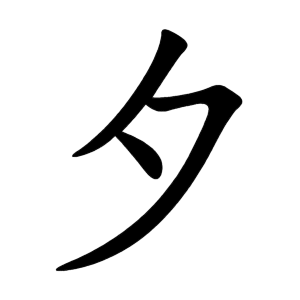
Radical 36 or radical evening (夕部) meaning "evening" or "sunset" is one of the 31 Kangxi radicals composed of three strokes.

Radical 48 or radical work (工部) meaning "work" is one of the 31 Kangxi radicals composed of three strokes.
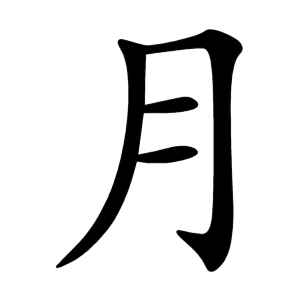
Radical 74 or radical moon (月部) meaning "moon" or "month" is one of the 34 Kangxi radicals composed of 4 strokes.

Radical 76 or radical lack (欠部) meaning "owe", "lack", or "yawn" is one of the 34 Kangxi radicals composed of 4 strokes.

Radical 96 or radical jade (玉部) meaning "jade" is one of the 23 Kangxi radicals composed of 5 strokes.

Radical 109 or radical eye (目部) meaning "eye" is one of the 23 Kangxi radicals composed of 5 strokes.

Radical 125 or radical old (老部) meaning "old" is one of the 29 Kangxi radicals composed of 6 strokes.

Radical 128 or radical ear (耳部) meaning "ear" in English is one of the 29 Kangxi radicals composed of 6 strokes.

Radical 132 or radical self (自部) meaning "self" is one of the 29 Kangxi radicals composed of 6 strokes.
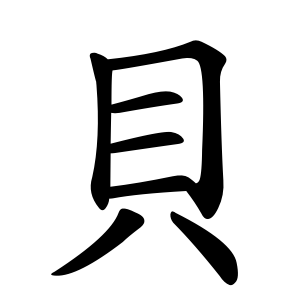
Radical 154 or radical shell (貝部) meaning "shell" is one of the 20 Kangxi radicals composed of 7 strokes.
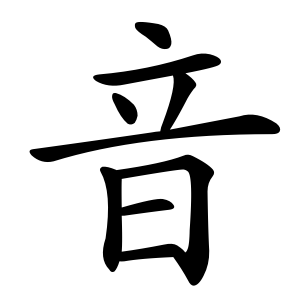
Radical 180 or radical sound (音部) meaning "sound" is one of the 11 Kangxi radicals composed of 9 strokes.
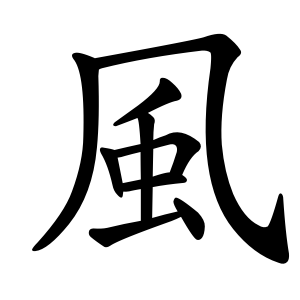
Radical 182 or radical wind (風部) meaning "wind" is one of the 11 Kangxi radicals composed of 9 strokes.

Radical 183 or radical fly (飛部) meaning "fly" is one of the 11 Kangxi radicals out of 214 composed of 9 strokes.

Radical 185 or radical head (首部) meaning "head" is one of the 11 Kangxi radicals composed of 9 strokes.
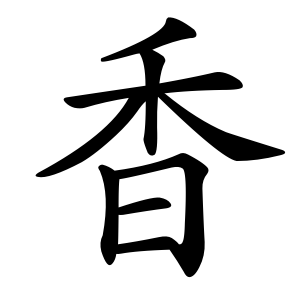
Radical 186, meaning "fragrant", is one of the 11 Kangxi radicals composed of 9 strokes.
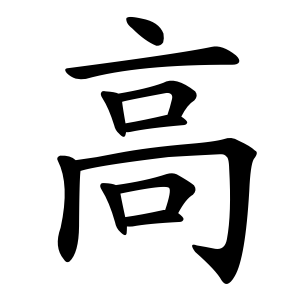
Radical 189 or radical tall (高部) meaning "tall" is one of the 8 Kangxi radicals composed of 10 strokes.

Radical 198 or radical deer (鹿部) meaning "deer" is one of the 6 Kangxi radicals composed of 11 strokes.
























